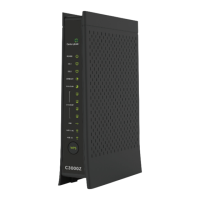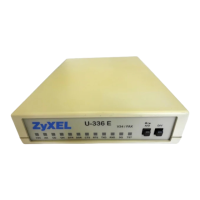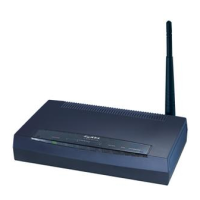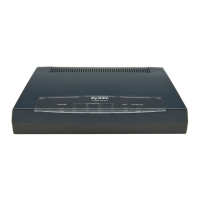eir F1000 Modem User’s Guide
See Section 5.10.2 on page 91 for detailed definitions of the terms listed in this screen.
Figure 45 Network Setting > Wireless > Others
The following table describes the labels in this screen.
Table 25 Network Setting > Wireless > Others
Data with its frame size larger than this value will perform the RTS (Request To Send)/CTS
(Clear To Send) handshake.
Enter a value between 0 and 2347.
This is the maximum data fragment size that can be sent. Enter a value between 256 and
2346.
If you set the channel to Auto in the Network Setting > Wireless > General screen,
specify the interval in minutes for how often the Device scans for the best channel. Enter 0
to disable the periodical scan.
Set the output power of the Device. If there is a high density of APs in an area, decrease
the output power to reduce interference with other APs. Select one of the following: 20%,
40%, 60%, 80% or 100%.
When a wirelessly networked device sends a beacon, it includes with it a beacon interval.
This specifies the time period before the device sends the beacon again.
The interval tells receiving devices on the network how long they can wait in low power
mode before waking up to handle the beacon. This value can be set from 50ms to 1000ms.
A high value helps save current consumption of the access point.
Delivery Traffic Indication Message (DTIM) is the time period after which broadcast and
multicast packets are transmitted to mobile clients in the Power Saving mode. A high DTIM
value can cause clients to lose connectivity with the network. This value can be set from 1
to 255.

